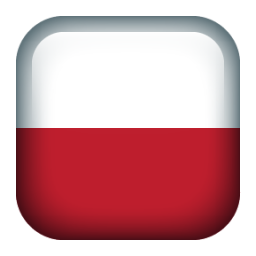Designing a digital making curriculum comes as a challenging task when we try to foster interest in computer science and how to make things with computers. We began planning our digital making activities at the MakeApp Club together with the young participants. The work was launched with a discussion facilitated by the Raspberry Pi’s conceptual framework which explores computational thinking in a range of dimensions covering logical reasoning, algorithmic thinking, pattern recognition, abstraction, decomposition, debugging and problem solving.
Raspberry Pi’s digital making curriculum is a particularly useful tool for planning workshop activities as it defines clear steps which help to outline progression: you start with certain skills and knowledge and then, with guidance, practice, and understanding, you gradually progress towards broader and deeper knowledge and competence. The curriculum is structured around this progression and represents different levels of competence, starting with Creator and moving onto Builder and Developer before becoming a Maker. Interestingly, all age-related labels are absent from the framework. Whether you’re a kid or a grown-up it doesn’t matter. What matters though is how far you progress towards independent and creative use of technology to solve complex, real-world problems. See the curriculum here and you’ll quickly remove the “only for kids” label from the Raspberry Pi digital toolbox.

